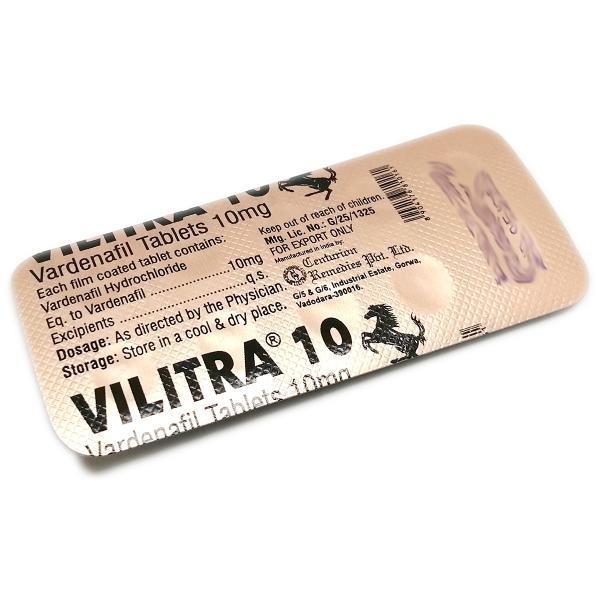Understanding Muskelrelaxantien Uses, Benefits, and Risks

Understanding Muskelrelaxantien: Uses, Benefits, and Risks
Muskelrelaxantien, or muscle relaxants, are medications prescribed to alleviate muscle spasms, pain, and discomfort associated with conditions such as back pain, fibromyalgia, or general muscle tension. These drugs play an essential role in both acute and chronic cases where muscle tightness and spasms cause significant distress. To delve deeper into the various facets of Muskelrelaxantien, including their mechanism of action, different types, and potential side effects, we can explore it further in this Muskelrelaxantien https://gesundelebensstil.de/muskelrelaxantien/.
What are Muscle Relaxants?
Muscle relaxants are classified into two primary types: centrally acting muscle relaxants and direct-acting muscle relaxants. Central muscle relaxants work by acting on the central nervous system (CNS) to reduce muscle tone, promoting relaxation of skeletal muscles. They are often used to treat acute pain and muscle rigidity associated with conditions such as sprains and strains. Examples include cyclobenzaprine, methocarbamol, and carisoprodol.
Direct-acting muscle relaxants, on the other hand, initiate their effects directly on the skeletal muscle. Dantrolene is the most notable example, typically reserved for conditions like malignant hyperthermia and spasticity due to conditions like cerebral palsy or multiple sclerosis. Understanding these distinctions is crucial for appropriate treatment and management of muscle-related issues.

How Do Muscle Relaxants Work?
The mechanism of action of muscle relaxants varies significantly between the two categories. Central muscle relaxants primarily exert their effects by modulating neurotransmitter activity within the CNS. By inhibiting signals that lead to muscle contractions, these drugs help reduce spasticity and promote relaxation. They can also provide pain relief by addressing the central pain pathways in the brain.
In contrast, direct-acting muscle relaxants, like dantrolene, work by affecting calcium release within the muscle fibers themselves. This action reduces the muscle’s contractile response, effectively relaxing the muscle. This differentiation in action points to the importance of selecting the appropriate type of muscle relaxant based on the underlying condition being treated.
Common Uses of Muscle Relaxants
Muskelrelaxantien are commonly utilized in a variety of clinical scenarios. Some of the most frequent applications include:
- Acute Muscle Pain: Muscle relaxants are often prescribed following acute injuries like sprains or strains to alleviate pain and improve mobility.
- Chronic Conditions: Conditions such as fibromyalgia or chronic back pain may warrant the use of muscle relaxants to manage prolonged muscle tightness and discomfort.
- Post-Operative Care: In surgery cases, muscle relaxants may be used during the recovery phase to ease muscle tension and promote relaxation.
- Spasticity Disorders: Direct-acting muscle relaxants, in particular, are indicated for conditions involving spasticity, such as multiple sclerosis or spinal cord injury.

Benefits of Muscle Relaxants
The benefits of Muskelrelaxantien can significantly improve the quality of life for patients suffering from muscle-related disorders. These benefits include:
- Pain Relief: Muscle relaxants can effectively decrease pain associated with muscle spasms and strains, allowing for improved functional mobility.
- Enhanced Mobility: By reducing muscle stiffness, these medications can promote better movement and rehabilitation tactics.
- Facilitated Physical Therapy: Patients often find it easier to partake in physical therapy when muscle pain and spasms are managed pharmacologically.
Side Effects and Risks
While muscle relaxants offer advantageous outcomes, they also come with a profile of potential side effects and risks that patients and healthcare providers must consider:
- Drowsiness: Many muscle relaxants have sedative effects, which can impair the ability to drive or perform tasks requiring alertness.
- Dependency Issues: Some muscle relaxants, particularly those classified as sedatives, have a potential for misuse and dependency.
- Drug Interactions: Care should be taken to evaluate other medications a patient is taking, as muscle relaxants may interact unfavorably with certain drugs.
- Withdrawal Symptoms: Discontinuing muscle relaxants abruptly can lead to withdrawal symptoms, particularly in longer-term users.
Conclusion
Muskelrelaxantien serve as a fundamental tool in managing muscle spasms, stiffness, and pain. Understanding their applications, benefits, and risks is paramount for both patients and healthcare providers to ensure that these medications are used safely and effectively. As with any pharmacological treatment, a thorough discussion of the options and potential outcomes should guide the decision-making process. Always consult with a qualified healthcare professional for tailored advice and recommendations based on individual health needs.


اولین دیدگاه را ثبت کنید